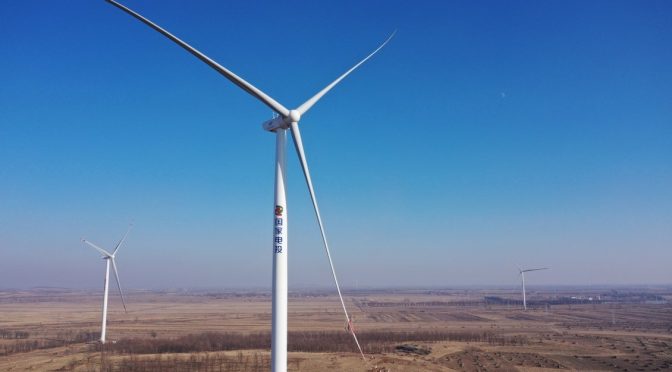High altitude wind power is an emerging technology that has the potential to revolutionize the renewable energy sector. By tapping into the powerful and consistent winds found at higher altitudes, this innovative approach to wind energy generation could provide a reliable and abundant source of clean power for the world. With the increasing need for sustainable energy sources to combat climate change and reduce our reliance on fossil fuels, harnessing the potential of high altitude wind power is becoming an increasingly important focus for researchers and industry leaders alike.
One of the key advantages of high altitude wind power is the increased wind speed and consistency found at higher elevations. Wind speeds at altitudes of 500 meters or more can be two to three times stronger than those found at ground level, and are also less affected by obstructions such as buildings and trees. This means that high altitude wind turbines have the potential to generate significantly more energy than their ground-based counterparts, while also providing a more consistent and reliable power output.
To harness the power of high altitude winds, several innovative technologies are being developed and tested. One such technology is the airborne wind turbine, which consists of a turbine attached to a tethered kite or balloon. As the kite or balloon is flown at high altitudes, the turbine is able to capture the strong winds and generate electricity, which is then transmitted back to the ground via the tether. This approach has several advantages over traditional ground-based wind turbines, including lower installation and maintenance costs, as well as the ability to be deployed in a wider range of locations.
Another promising technology in the field of high altitude wind power is the use of tethered airfoils, also known as kite power systems. These systems use large, controllable kites to harness the power of high altitude winds, converting the kinetic energy of the wind into mechanical energy that can be used to generate electricity. By adjusting the angle and position of the kite, operators can optimize the system for maximum power output, making it a highly efficient and adaptable solution for harnessing high altitude wind energy.
Despite the potential benefits of high altitude wind power, there are also several challenges that must be overcome in order to make this technology a viable and widespread source of renewable energy. One of the main challenges is the development of lightweight and durable materials for the construction of airborne turbines and tethered airfoils, as well as the development of advanced control systems to ensure safe and efficient operation. Additionally, there are regulatory and airspace management issues that must be addressed, as the deployment of high altitude wind power systems could potentially interfere with aviation and other airspace users.
However, with continued research and development, it is likely that these challenges can be overcome, paving the way for high altitude wind power to become a major player in the renewable energy sector. In fact, some experts predict that high altitude wind power could eventually supply a significant portion of the world’s energy needs, helping to reduce our reliance on fossil fuels and combat climate change.
In conclusion, high altitude wind power represents an exciting and promising frontier in the field of renewable energy. By harnessing the power of strong and consistent winds at higher altitudes, this innovative technology has the potential to provide a reliable and abundant source of clean energy for the world. As researchers and industry leaders continue to develop and refine high altitude wind power technologies, it is becoming increasingly clear that this emerging sector has the potential to play a major role in the global transition to a more sustainable and low-carbon energy future.


